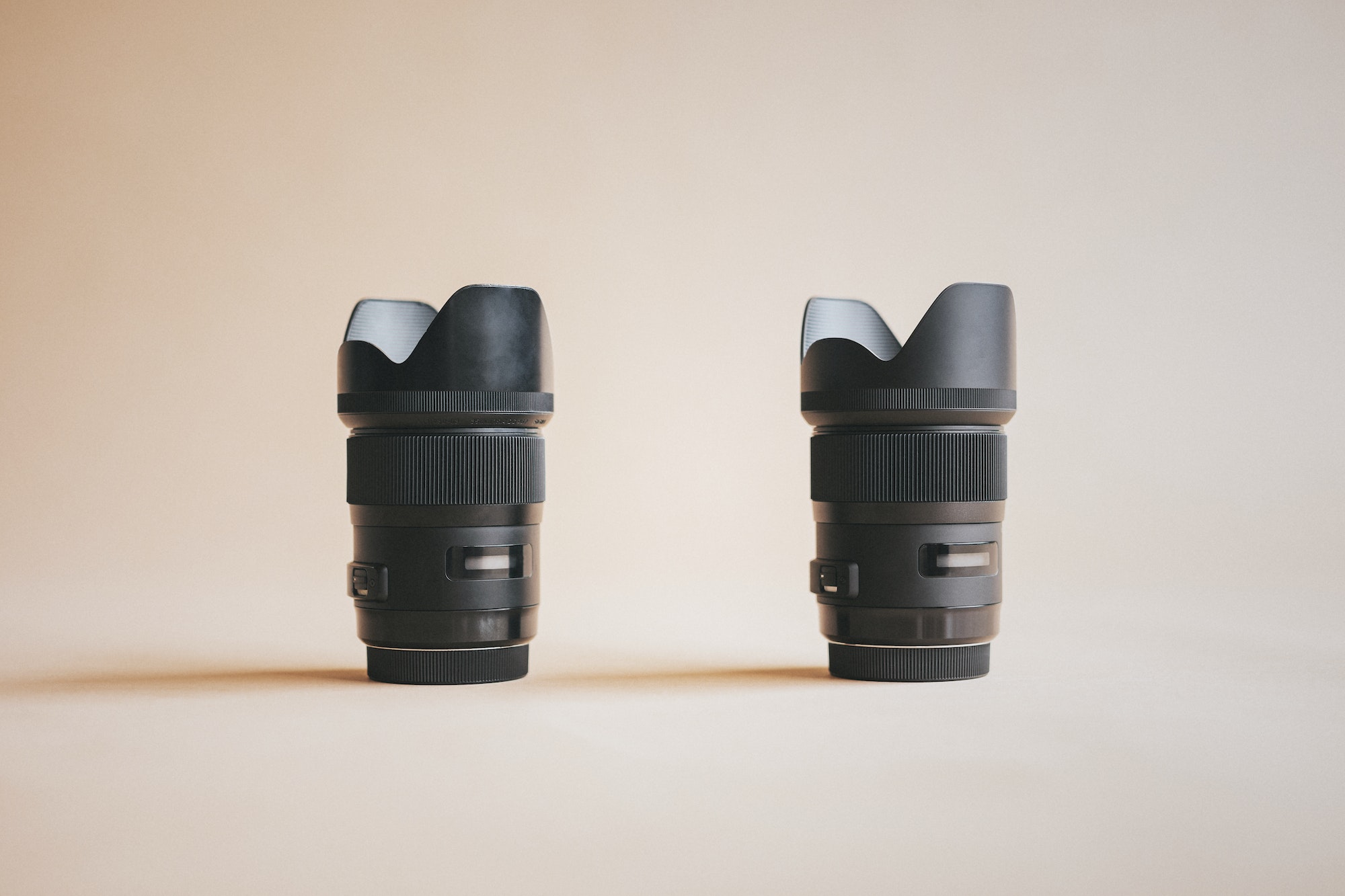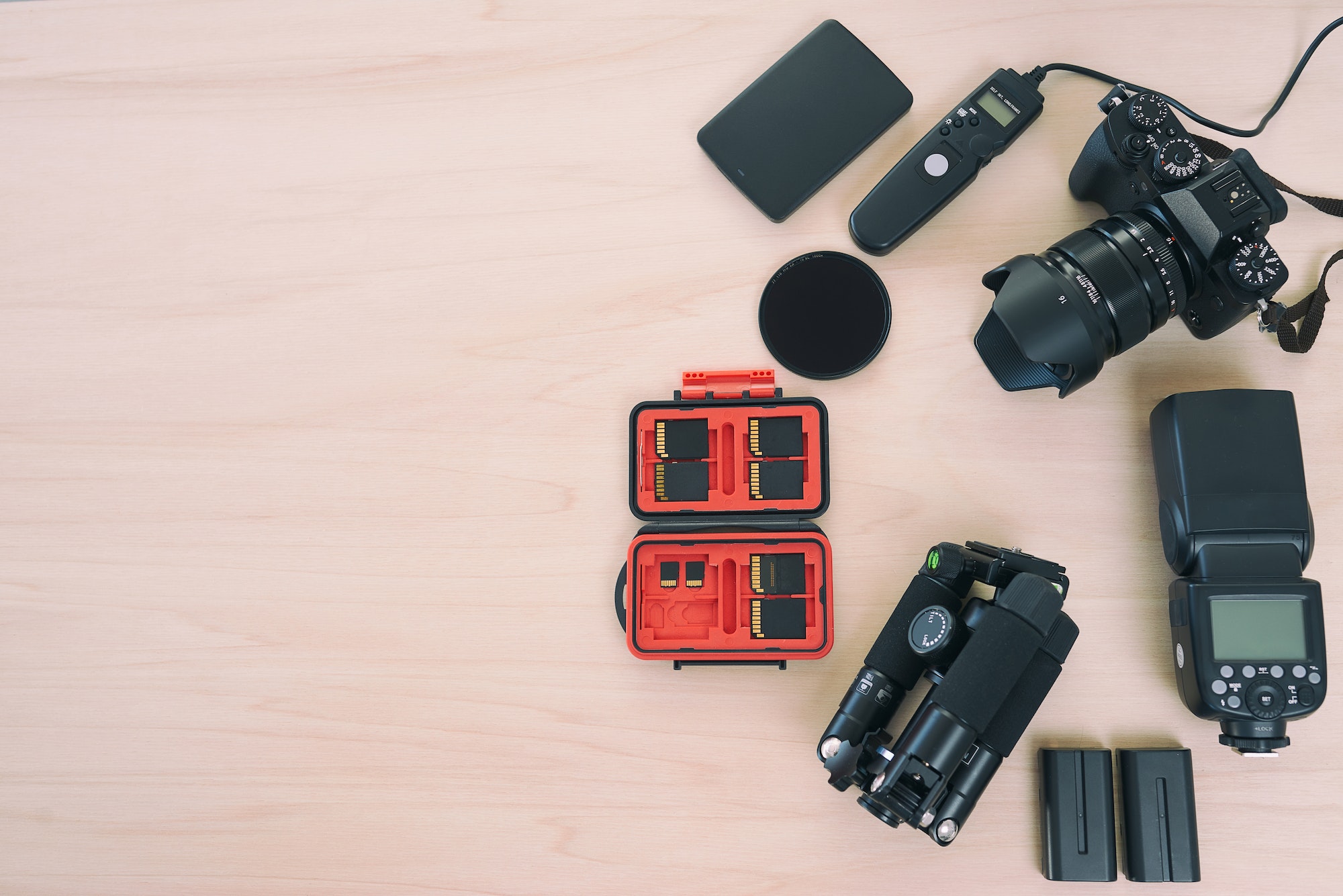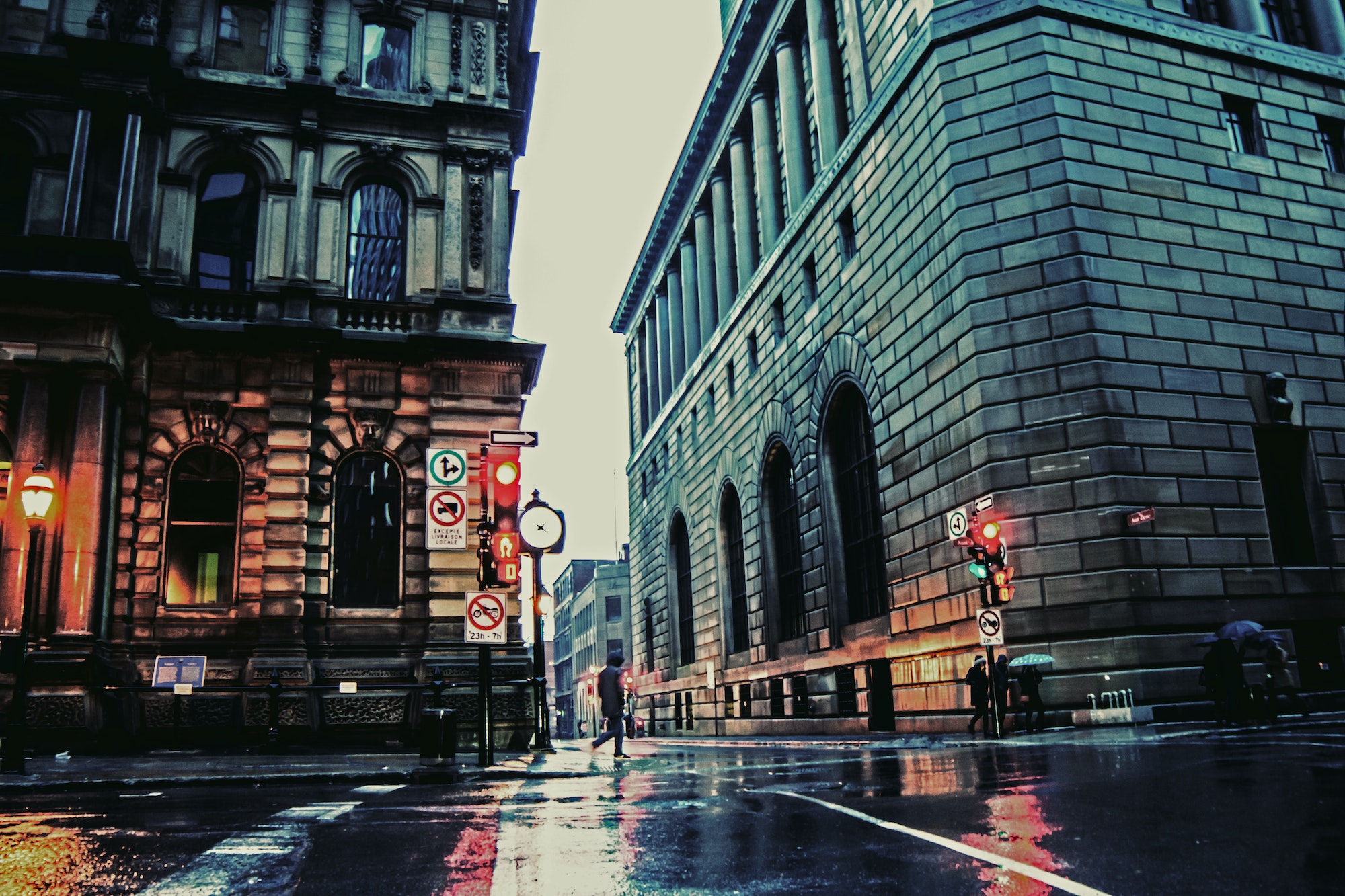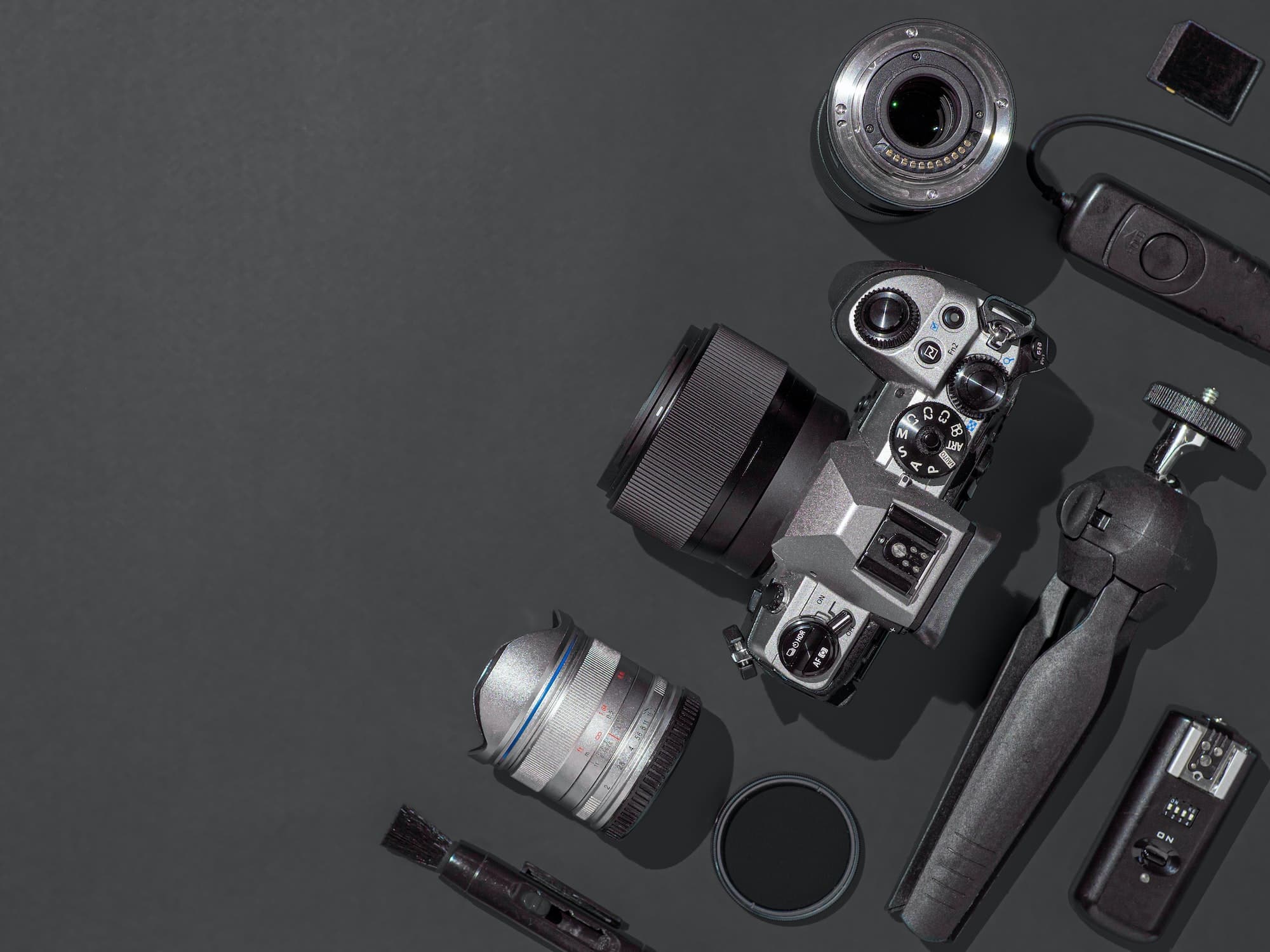
The Ultimate Street Photography Camera Guide: DSLR vs Mirrorless
As a street photographer, the camera you choose can have a significant impact on your work. Over the years, I've experimented with various cameras, and I've learned that there's no one-size-fits-all solution. In this blog post, I'll share my experiences and guide you through the key differences between DSLR and mirrorless cameras, helping you make an informed decision about which one is right for your street photography needs.
DSLR Cameras: Tried and True
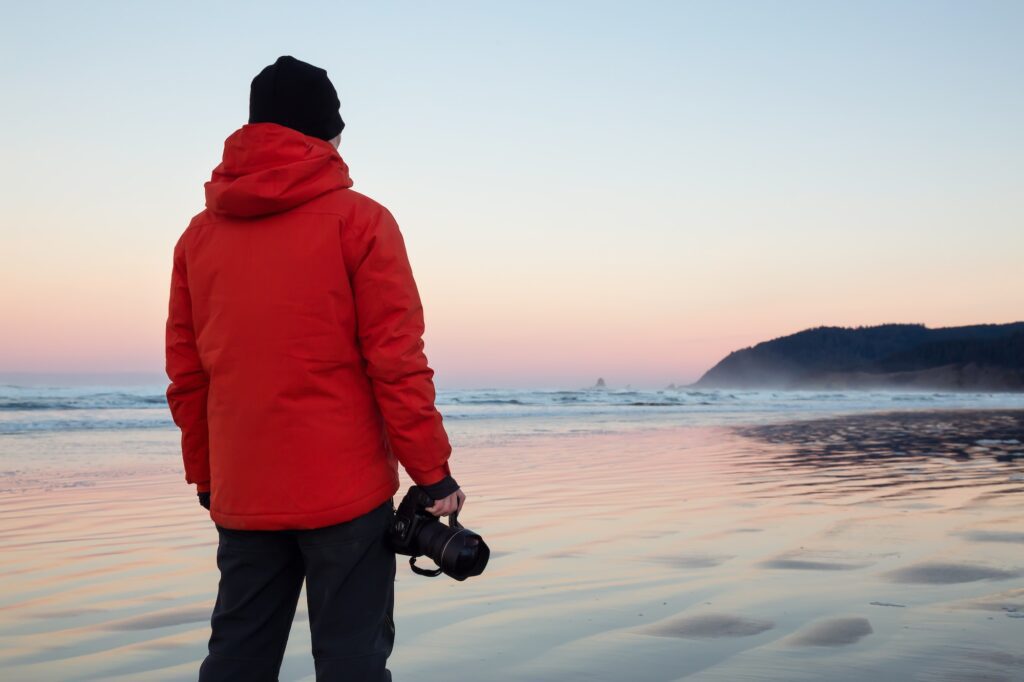
The Basics of DSLR Cameras
DSLRs (Digital Single-Lens Reflex) cameras have been the standard choice for many professional photographers for years. They use a mirror and prism system to allow you to view the scene through the lens, and when you press the shutter button, the mirror flips up to expose the sensor to light.
H3: Advantages of DSLR Cameras
Optical Viewfinder
One of the main advantages of a DSLR is the optical viewfinder. It allows you to see the scene exactly as it is, without any lag or delay, which can be beneficial for capturing fast-moving subjects in street photography.
Battery Life
DSLR cameras generally have longer battery life compared to mirrorless cameras. This can be a significant advantage when you're out shooting for long periods, and you don't want to worry about constantly changing batteries.
Lens Selection
DSLR systems, especially those from Canon and Nikon, have a vast selection of lenses available. This can be a significant advantage if you're looking for specific focal lengths or specialized lenses for your street photography.
Disadvantages of DSLR Cameras
Size and Weight
DSLR cameras tend to be larger and heavier than their mirrorless counterparts. This can make them less convenient for street photography, where you might be walking around for hours and need a lightweight setup.
Slower Autofocus
While modern DSLRs have improved autofocus systems, they still tend to be slower compared to mirrorless cameras, especially in low-light situations. This can make capturing decisive moments in street photography more challenging.
Mirrorless Cameras: The New Kid on the Block
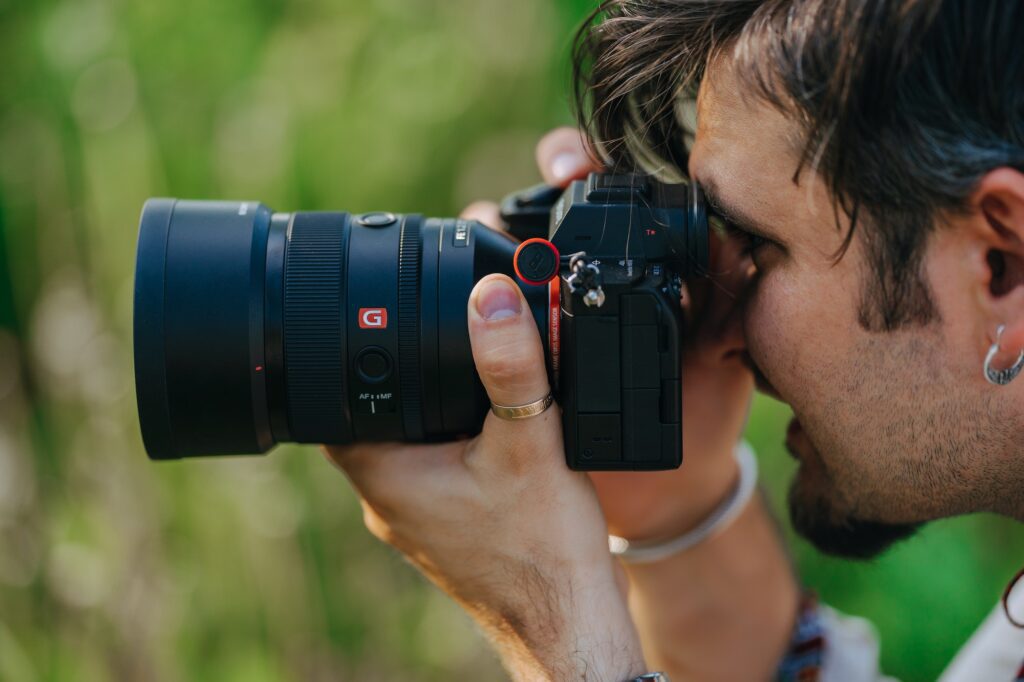
The Basics of Mirrorless Cameras
Mirrorless cameras, as the name suggests, do away with the mirror and prism system found in DSLRs. Instead, they use an electronic viewfinder (EVF) or the rear LCD screen for composing images. This allows for a more compact and lightweight design.
Advantages of Mirrorless Cameras
Compact and Lightweight
Mirrorless cameras are generally smaller and lighter than DSLRs, making them more convenient for street photography. This can make a significant difference when you're out shooting for extended periods.
Faster Autofocus
Mirrorless cameras often have faster autofocus systems than DSLRs, especially in low-light situations. This can be a significant advantage in street photography, where capturing fleeting moments is crucial.
Silent Shooting
Many mirrorless cameras offer a silent shooting mode, which can be invaluable in street photography. This allows you to capture candid moments without drawing attention to yourself.
Disadvantages of Mirrorless Cameras
Electronic Viewfinder
While electronic viewfinders have improved significantly in recent years, some photographers still prefer the optical viewfinder of a DSLR. EVFs can have a slight lag, which may be bothersome to some street photographers.
Battery Life
Mirrorless cameras generally have shorter battery life compared to DSLRs, mainly due to the power demands of the electronic viewfinder and rear LCD screen. This can be an issue
Battery Life
Mirrorless cameras generally have shorter battery life compared to DSLRs, mainly due to the power demands of the electronic viewfinder and rear LCD screen. This can be an issue for street photographers who spend long days shooting, as you may need to carry extra batteries or find opportunities to recharge.
Lens Selection
While the lens selection for mirrorless systems is continually expanding, it still may not be as vast as that of DSLRs, particularly for Canon and Nikon systems. This can be a disadvantage if you're looking for specific focal lengths or specialized lenses for your street photography needs.
Key Factors to Consider When Choosing a Street Photography Camera
Size and Weight
As a street photographer, you'll likely be carrying your camera for extended periods, so it's essential to consider the size and weight of the camera system. Mirrorless cameras generally have the advantage in this area, being more compact and lightweight than DSLRs.
Autofocus Performance
In street photography, capturing decisive moments is crucial, and a camera with fast and accurate autofocus can make all the difference. Mirrorless cameras typically have an edge in this aspect, but some modern DSLRs also offer excellent autofocus performance.
Image Quality
Both DSLR and mirrorless cameras are capable of producing stunning images, but it's essential to consider factors such as sensor size, resolution, and low-light performance. Compare the image quality of various models within your budget and choose the one that meets your requirements.
Budget
Your budget will play a significant role in determining the camera system that's right for you. Both DSLR and mirrorless cameras are available at various price points, so carefully assess your needs and allocate your budget accordingly.
Personal Experiences and Recommendations
In my street photography journey, I've had the opportunity to use both DSLR and mirrorless cameras. While I started with a DSLR, I eventually transitioned to a mirrorless system due to the smaller size, lighter weight, and faster autofocus performance.
However, this is not to say that DSLRs are not suitable for street photography. Many photographers still prefer the optical viewfinder, extensive lens selection, and longer battery life that DSLRs offer. It ultimately comes down to personal preference and priorities.
If you're just starting in street photography, I recommend trying out both DSLR and mirrorless cameras to see which one feels more comfortable and intuitive for you. Borrow or rent cameras from friends or local camera shops, and spend time shooting with each system to determine which one best suits your style and needs.
To Recap
Choosing the right camera for street photography is a personal decision that depends on factors such as size and weight, autofocus performance, image quality, and budget. Both DSLR and mirrorless cameras have their advantages and disadvantages, and what works best for one photographer may not be ideal for another.
By considering your priorities, experimenting with different systems, and learning from personal experiences, you can find the perfect camera to capture the unique and captivating world of street photography.
